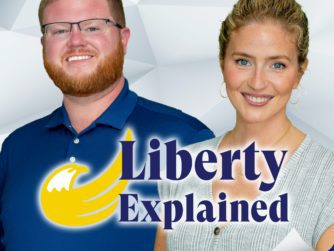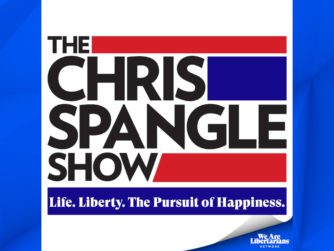Hermann Biggs served as the head of the New York City Department of Health until 1917. He built it into one of the most impressive public health departments in the world. Biggs once treated a top Tammany Hall official, and in turn, the official helped provide equipment far beyond what most hospitals or pharmaceutical companies had available. He also protected the department from politics.
Biggs moved on to the state level, and when it came time to appoint his successor, a new mayor wanted to give the position away as patronage. The jobs in the Department of Health weren’t patronage positions, so Mayor Hylan and Tammany Hall began a smear campaign to drive out some of the top scientists and doctors from the department.
With the department leaderless, Royal Copeland was appointed to lead the department on January 1, 1918, by the Mayor. Copeland was the dean of a homeopathic medical school, and while not a doctor, he was a loyal Tammany Hall man. He had no belief in the modern medical system that had just developed within the last few decades. Imagine Bill DiBlasio appointing an anti-vax television doctor to serve as the head of the department.
Copeland immediately began cleaning house and replacing people with party loyalists. For instance, a deputy commissioner of health with 20 years’ experience resigned, and the Mayor’s doctor replaced him. In just nine months, Tammanny gutted the best health department of 20-year veterans and all of its credibility. To save the reputation, Copeland began a campaign to stifle criticism by calling it unpatriotic to speak critically of him or the department.
On September 15, 1918, New York City reported its first case of the deadly H1N1 flu. The once-greatest public health system would enter the most lethal pandemic in history with political appointees and not doctors or scientists at the helm.
In previous outbreaks of polio, the health department carefully monitored the disease and effectively closed down the city twice.
In 1918, Tammany Hall’s man did nothing. After three days of rapid growth in cases, he finally made influenza and pneumonia reportable diseases though he added: “other bronchial diseases and not the so-called Spanish Influenza is said to be responsible for the illness of the majority of persons who were reported to be ill with influenza…”
As John M. Barry tartly writes in his book “The Great Influenza,” “A few more days and even Copeland could no longer deny reality. People could see the disease all around them.” He then imposed a quarantine on the city.
Politics and public health should always be separate. Politicians will make decisions for the health of the political institutions first and the citizens they serve second. Many great people serve in public health departments, but Mayors, Governors, Presidents, and legislative bodies still control their limited budgets.
Many parallels in this story mirror our current crisis. As we move into a debate about the government’s role in public health, everyone should remember that politicians will always use propaganda to create antipathy for institutional knowledge brought by experts. They will engage in cronyism. Bureaucratic inaction and incompetence take place because publicly funded institutions will never have the resources needed due to budget constraints. These are not exclusive to Tammany Hall or Donald Trump. It is the feature and not the bug.
Oh. And Royal Copeland was later rewarded for his loyalty to Tammany Hall with a seat in the United States Senate.
Barry’s book The Great Influenza is an excellent read and provides the source material for this story.



